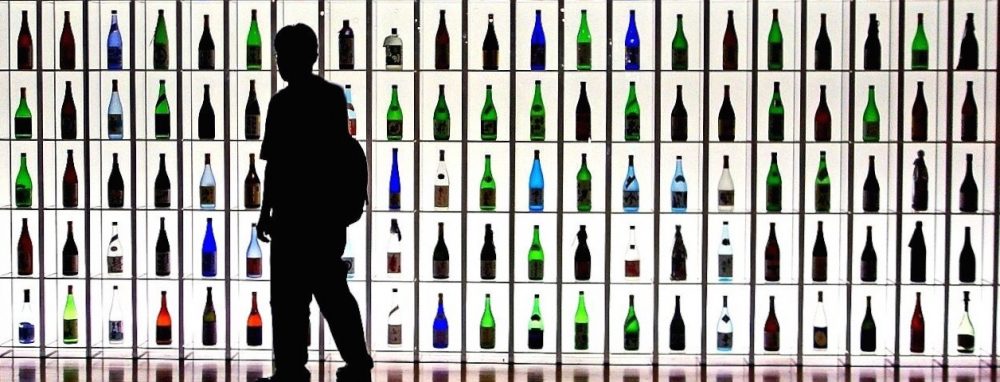www.zoomata.com staff
The critics are gone, the parties are over: now is the best time to soak up a lagoon full of contemporary art at the Venice Biennale. Held in the cave-like 12th-century Arsenale and the Giardini until November 6, visiting the Biennale may be the only way to take two steps in Venice without being immortalized in someone’s vacation photos. Every other year La Serenissima provides a stunning backdrop to one of the oldest and largest art exhibitions; there are 1,000 works by over 200 artists from 73 countries making this year is one of the biggest Biennales ever.
There is no mistaking that the Biennale 2005 is all about women.
For the first time two women curators, Mar?a de Corral and Rosa Mart?nez of Spain, put it together and the entrance to the “Always a Little Further” show in the Arsenale greets visitors with a 16-ft tall chandelier made from 14,000 tampons. In case the ladies first message was lost, the room is also plastered with huge billboards from the Guerilla Girls about the sad state of women in the art world. One of them reads: ”Less than 3 percent of artists in the modern art sections are women, but 83 percent of the nudes are female.”
The Biennale is a 110-year-old tradition that seems most worn out when it comes to newer technology; video installations were among the weakest pieces on show. One featuring Regina Jos? Galindo shaving off all of her body hair in the street seemed barely to hold the attention of two perplexed on-duty firemen. Or the agonizingly long sequence of a young woman breaking a tea set was best left to the experts, while the “Little Men” videos from Russians Blue Noses with sex-as-leap-frog sequences got a few smiles from visitors who rarely, however, peeped into more than one or two of the 10 cardboard boxes showing them. The exception could well be a giant spaceship sculpture by Japanese artist Mariko Mori, called Wave-UFO, closed on a recent visit, where spectators are invited inside this streamlined 1940s silver ball for a 7-minute virtual-reality experience that turns their brainwaves into art.
Older mediums and older artists provided some of the more interesting work. Paloma Varga Weisz created a haunting Gallows Field with life-sized wooden figures on crosses; Cristina Garc?a Rodero’s incisive black and white photographs comparing ancient and modern social rituals — from leather-clad men in San Francisco’s Gay Pride parade next to fur-wearing Italian women paying homage to a local saint — and 94-year-old Louise Bourgeois with two simple but stunning aluminum-coil sculptures hanging from the ceiling.
At the national pavilions in the Giardini, visitors on art overload find a few unexpected pockets of air and space so foreign to Venice. The Austrian construction at the very end of the Giardini is a 50-foot-high playhouse, those who climb in and poke around the dead-end stairways will be rewarded with a lookout perch affording a view of the gardens. The Swedish-Norwegian is empty but for surrounding trees and recorded ambient sounds, but the maximum in minimalism goes to Daniel Knorr of the Romanian pavilion who left it completely empty.? text 1999-2005 zoomata.com
Play nice. Please use contact form for reprint/reuse info.
Related resources:
www.labiennale.org/en
